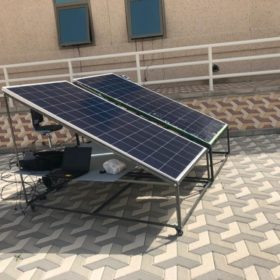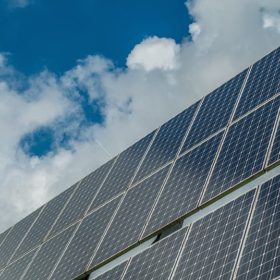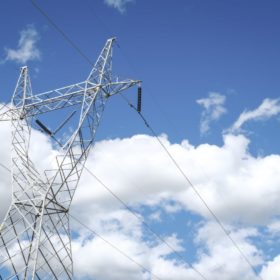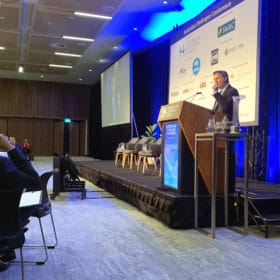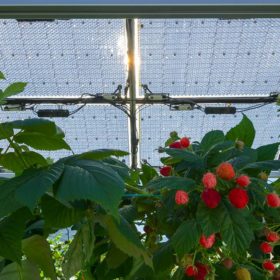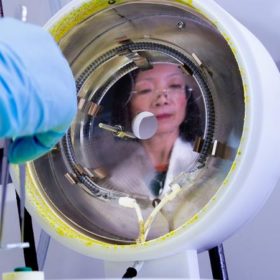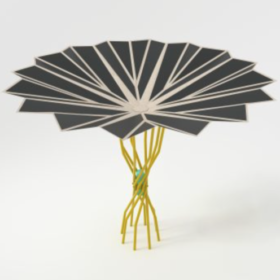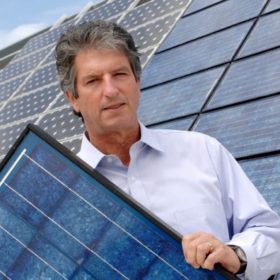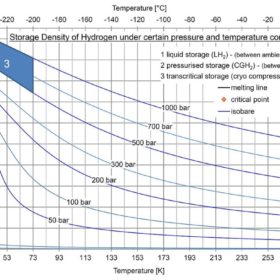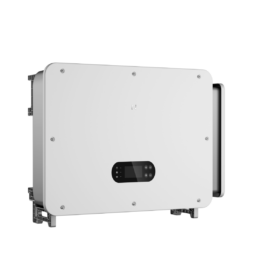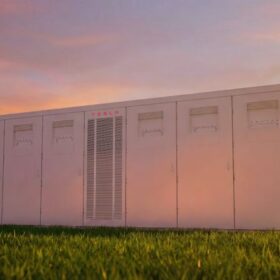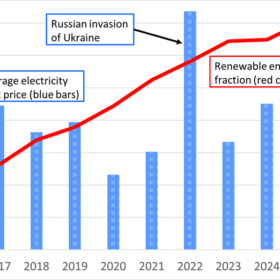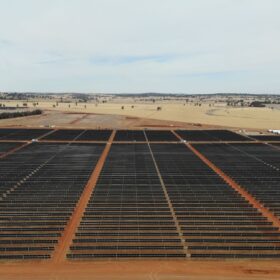Solar module cooling techniques for harsh climates
Saudi scientists have tested several cooling technologies for solar panels and have found that active techniques work better than passive ones under harsh climatic conditions. The most effective one consists of a system based on four heat pipes immersed in a box of liquid, as liquid bulk, integrated with the back of the solar panel.
‘Lack of objections should mean permits are automatically granted for solar’
The question of overly complicated, time-consuming permitting processes again raised its head at a two-day online event held by the Global Solar Council to examine how to accelerate deployment of photovoltaics.
CuString ready to ‘pull trigger’ on $1.5 billion transmission project
Proponents of CopperString 2.0, a proposed 1,100-kilometre high-voltage transmission line set to connect Queensland’s northwest to the National Electricity Market (NEM), have declared the project is expected to be “shovel ready” within three months.
CSIRO allocated $5 million for hydrogen research program
The federal government has awarded $5 million to the CSIRO to deliver a hydrogen research, development and demonstration program aimed at strengthening hydrogen knowledge both domestically and in cooperation with our international partners.
Transparent solar panels for agrivoltaics
Romande Energie and Swiss research institute Agroscope are testing startup Insolight’s transparent PV panels in an agrivoltaic project. The modules are replacing the plastic covers used to grow strawberries and raspberries.
Do engineers dream of solar panel efficiency?
A true next generation of solar cell technology is upon us. It is time to contemplate the benefits.
Solar beach umbrella cools you… and your gelato
An MIT-spawned company has teamed up with architects and an Italian frozen-desserts brand to design an origami-inspired umbrella to power fridges.
All solar cell efficiencies at a glance
The research group led by Professor Martin Green has published Version 58 of the Solar cell efficiency tables. He spoke with pv magazine about the criteria with which these tables are compiled and the importance of result certification by independent third parties.
New tool to evaluate economic benefits of hydrogen storage
Developed by U.S. scientists, the Hydrogen Energy Storage Evaluation Tool (HESET) can assess the economic and technical characteristics of individual system components and the modelling of each hydrogen pathway. Furthermore, it can help understand how hydrogen storage can be used for various grid and end-user services.
Luceo Energy offers software solution for DER influx
As the search for solutions to integrate increasing levels of energy technologies like solar PV and batteries into the electricity grid continues, Queensland-based energy data specialist Luceo Energy has revealed a new software platform designed to help electricity distributors manage consumer-owned devices across low-voltage networks.
